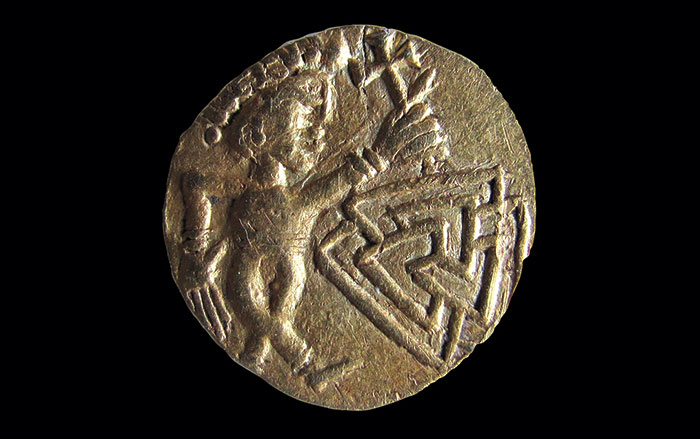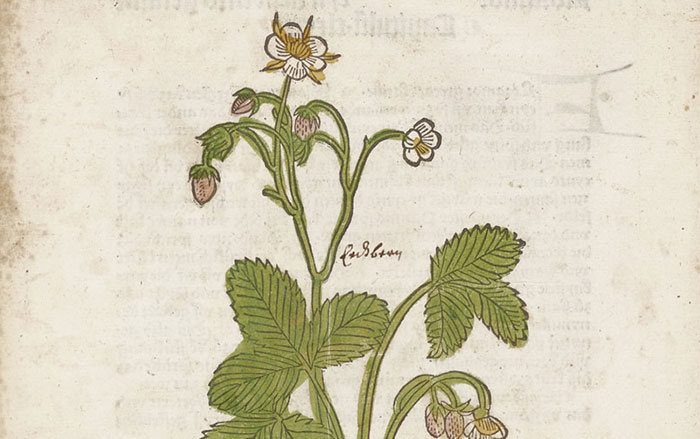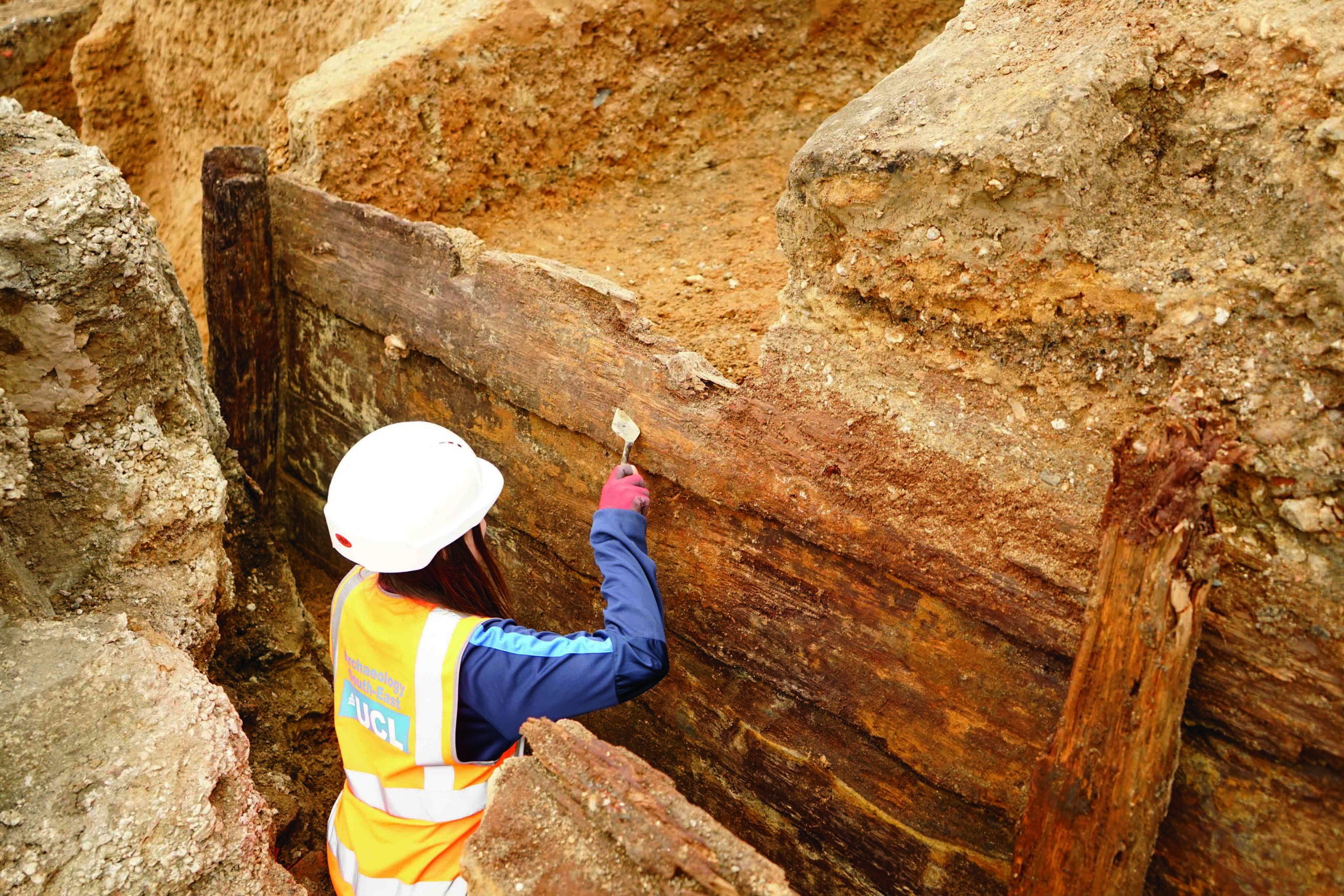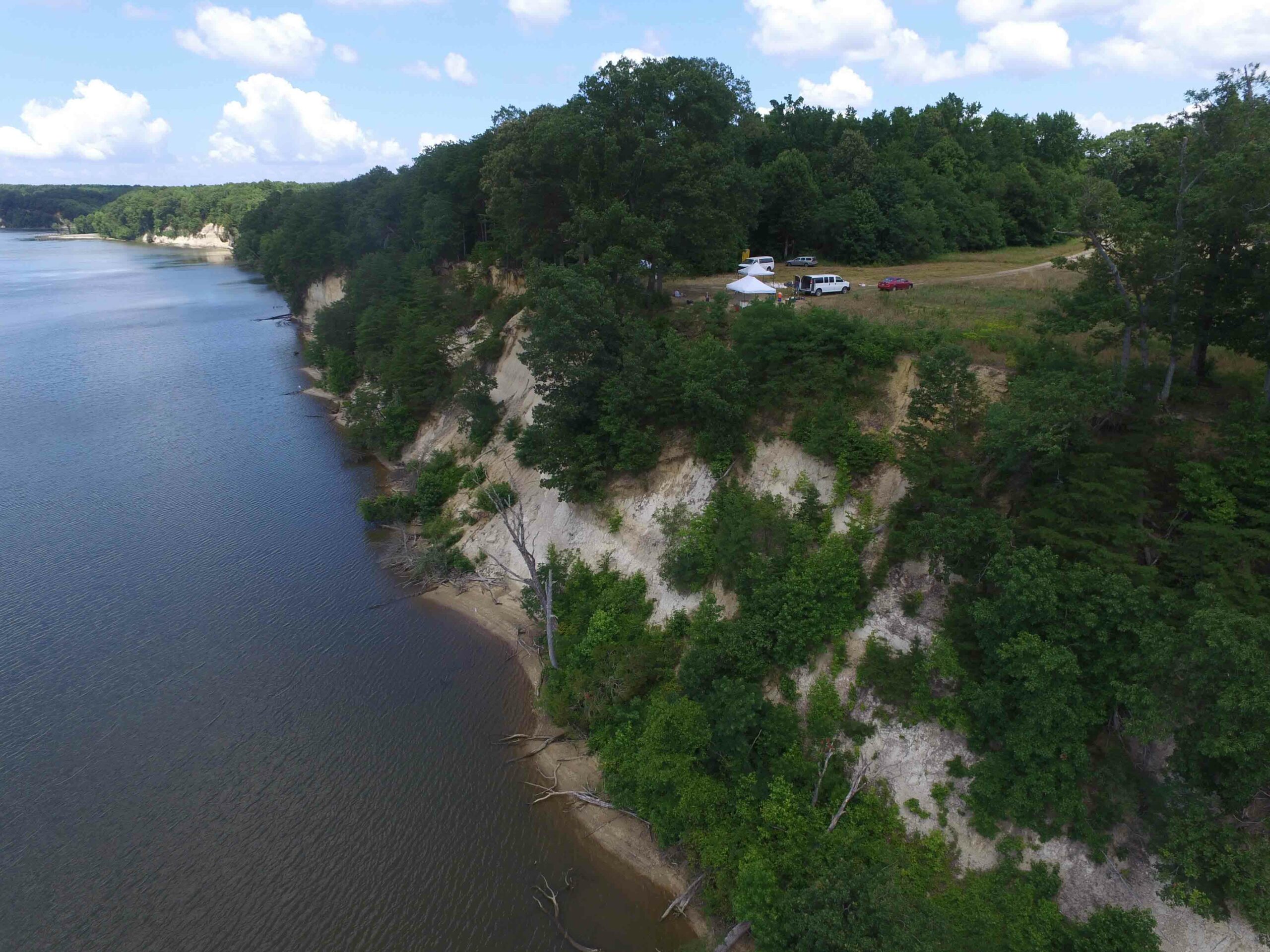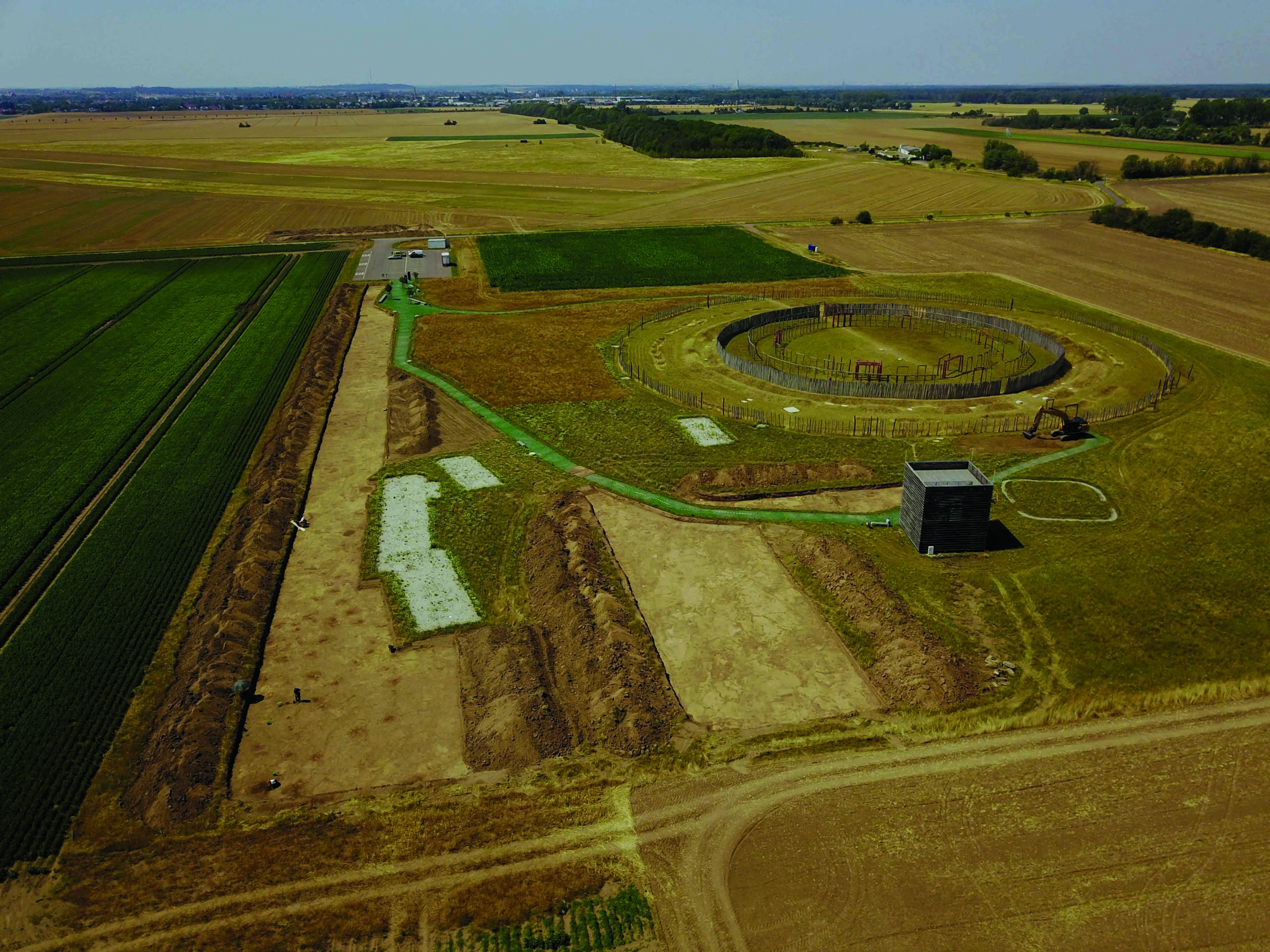
LONDON, ENGLAND—Traces of a Neolithic stone circle have been discovered in west Wales, near ancient bluestone quarries in the Preseli Hills, by a team of researchers led by Mike Parker Pearson of University College London, according to a Science Magazine report. Parker Pearson said that just four bluestone monoliths remain at the site, which is named Waun Mawn. Excavation revealed six empty stone holes, indicating that the four remaining monoliths were part of a larger circle made up of an estimated 30 to 50 stones, he explained. The dating of charcoal and sediments in these holes suggests the circle was constructed between 3600 and 3200 B.C. Radiocarbon dates also show there was no activity at Waun Mawn from 3000 to 2000 B.C. When the researchers compared their findings at Waun Mawn to the bluestones at Stonehenge, located some 175 miles away, they found that the shape of one of the Stonehenge bluestones matches an empty imprint at Waun Mawn, and chips of stone found in that hole are of the same type of rock as the stone at Stonehenge. Both Waun Mawn and the ditch that encloses Stonehenge measure some 360 feet in diameter, and both monuments were aligned on the midsummer solstice sunrise, Parker Pearson added. He and his team members suggest that the Waun Mawn monument was dismantled and re-erected on the Salisbury Plain around 3000 B.C., perhaps because the people who used it left west Wales and migrated to a new area. Isotopic analysis of people buried at Stonehenge around this time suggests that about 15 percent of them came from western Britain. To read the original scholarly article on this research go to Antiquity. To explore other recent research on Stonehenge's megaliths, go to "Epic Proportions."




